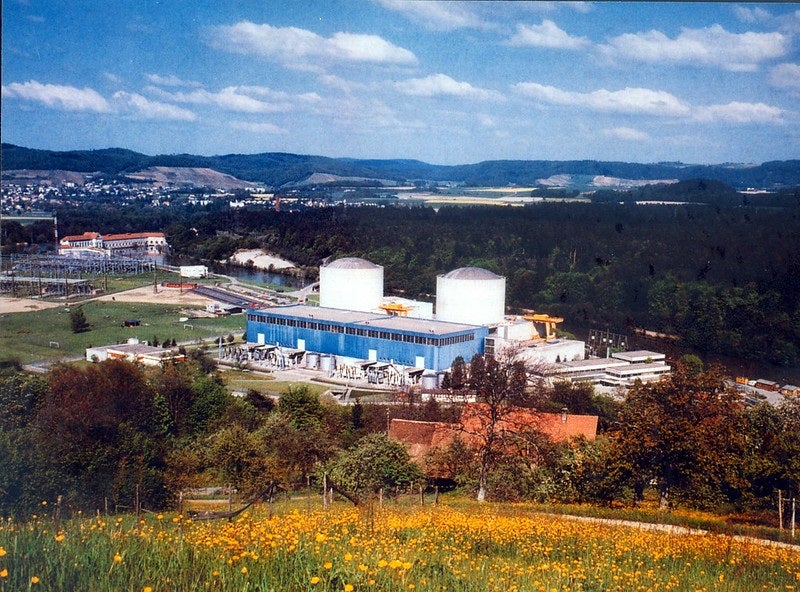
A Look at the Oldest Nuclear Power Plant
Following the end of the Second World War, nuclear power developed alongside nuclear weaponry. The first test of nuclear power took place at the X-10 Graphite Reactor at the Oak Ridge Laboratory in Tennessee in 1948.
After this, the first full scale nuclear power plant was the Obninsk nuclear power plant in the Soviet Union in 1954. But this plant was decommissioned in after a solid 48 years of producing power, so what is the world’s oldest nuclear plant still in operation?
Beznau nuclear power plant
Beznau nuclear power plant in Northern Switzerland takes the honour of being the oldest nuclear power currently in use.
Construction on the plant began in 1965 and Beznau 1 began producing power on 1 September 1969, with Beznau 2 following in 1972. It has two pressurised water reactors (PWR) built by Westinghouse with a capacity of 365MW each, for a total capacity of 730MW and able to produce 6000 gigawatt-hours (GWh) of energy. The plant is owned and operated by Swiss private company Axpo Holdings.
Accidents will happen
Despite its long run producing power, Beznau has been no stranger to accidents at its site. According to the Swiss Federal Nuclear Safety Inspectorate, there were 91 nuclear security incidents between 1995 and 2014.
However 86 of these were at level 0 on the International Nuclear Event Scale (INES), the least severe on its scale. Four were at level 1 and one in 2009 that was level 2, when two workers at the plant were exposed to “inadmissible” levels of radiation .
Following its reopening four incidents were recorded at in 2018.
Protests and closure
Protestors in Switzerland have targeted Beznau in particular, and nuclear power in general. Following the Fukushima nuclear disaster in Japan in 2011, 20,000 protestors gathered in the town of Doettingen to condemn Beznau in the largest anti-nuclear protest in the country for 25 years.
In 2014 100 Greenpeace activists broke into Beznau and scaled one of the buildings at the site with a banner proclaiming “the end” of nuclear power due to safety concerns for the ageing plant.
These concerns appeared to be well-founded in October 2015 when Beznau 1 was found to have 1000 holes, cracks and indentations around the reactor.
Beznau was closed for repairs when “anomalies” were found in its steam generators from March 2015 to March 2018.
The future of nuclear power in Switzerland
Despite still producing power and being one of five nuclear plants that form35% of Switzerland’s energy mix, Beznau and nuclear power itself is under threat.
Switzerland will instead develop renewable energy from wind, solar and hydropower as part of its Energy Strategy 2050 plan. Meanwhile there will be no new general licenses for nuclear power plants, but old plants like Beznau will continue to run until they are decommissioned.
Despite its age, safety problems and public mistrust, Beznau nuclear power plant still produces power and is a key part of Switzerland’s energy mix.



